UPSTL12/24-400-600
UPSPro 12/24V 400Ah Battery Backup System, 12/24V Output, 60A MPPT Charge Controller, 120/240VAC 48V 600W Battery Charger, Pole/Wall Mount Steel Enclosure
User Guide
$2,699.95
8 in stock
- Ships in 1-2 days
- No Risk Guarantee
- 2-3 Year Warranty
Features
• Weatherproof (IP65), UV resistant, outdoor enclosures
• Powered from AC mains power and/or Solar
• Interior space for customer electronics
• Wall or Pole Mounting
• Isolates Customer Equipment from Power Line Surges
• High Quality AGM Sealed Lead Acid Batteries
• Advanced battery charge controller protects against overcharge and over discharge
Applications
• Wireless Base Stations and Clients
• Surveillance Cameras
• Wireless Bridge and Repeaters
• Remote Sensors
• Mission critical outdoor power
• Backup Power Systems
The enclosure is powered from 120/240VAC. It is also solar ready so a solar panel can be added as an alternate power source or to extend backup time (TPSK Solar Kits).
Features include an advanced manageable MPPT battery charge controller to protect against over-charging or over-discharging of the valve regulated sealed lead acid AGM batteries. The charge controller displays battery level, charging current, temperature, and load current on its embedded LCD display. Charging parameters can be customized in the field if required.
Enclosures have multiple ports for CAT5 cable, antenna cables/connectors or other cabling. They are vented to prevent residual buildup of hydrogen gas.There is some space inside the enclosures for customer electronics such as controllers, wireless AP or CPE cards, sensors, inverters, etc.
Equipment runs on batt power which isolates it from power line surges which is a main cause of outdoor equipment failure
Systems can be configured for 12/24V.
These systems are ideal for powering security cameras 24/7 from lighting systems where grid power is only available at night. Additional AC inputs such as 277VAC or 480VAC can be adapted by using standard AC transformers. Consult your electrician.
Technical Information
| Ship Weight | 430 lbs |
|---|---|
| Ship Dimensions | 37 × 27 × 21 in |
| Battery Voltage | |
| Battery Capacity | |
| Output Power | |
| Enclosure Type | |
| Controller Type |
FAQs
You must be logged in to post a review.

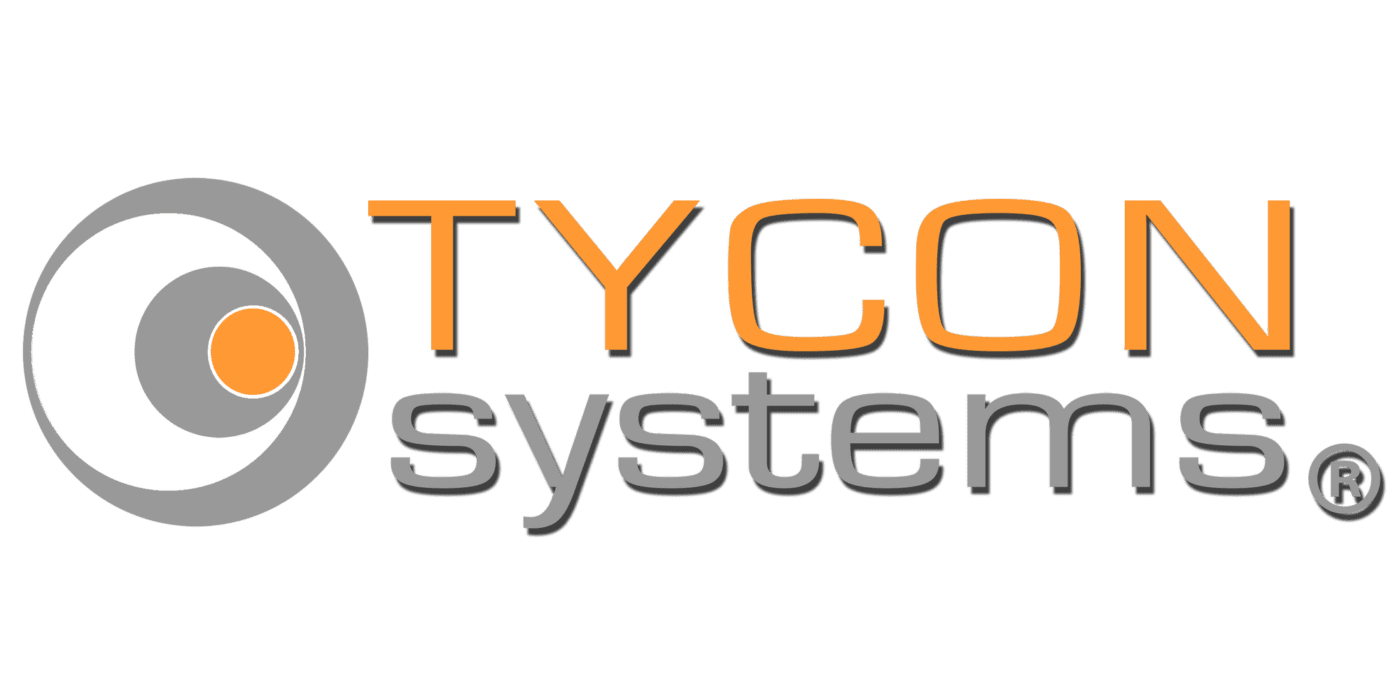
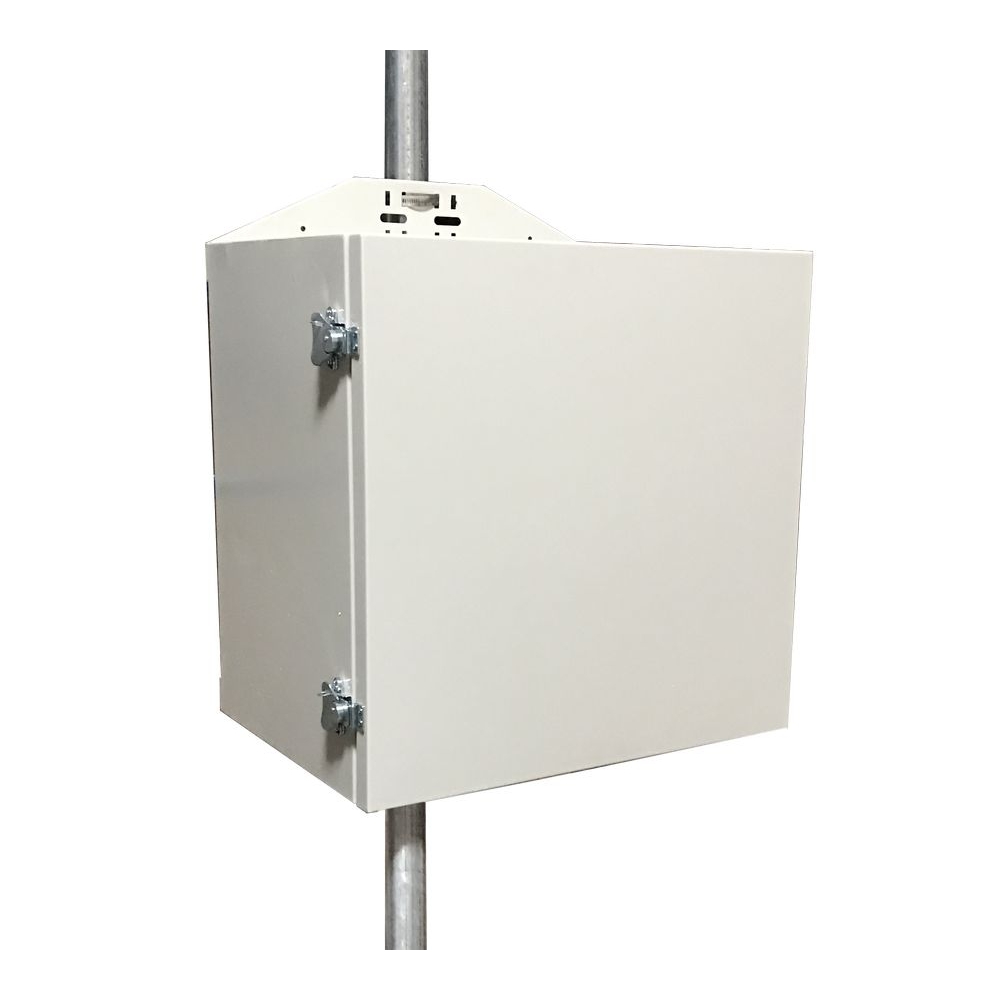
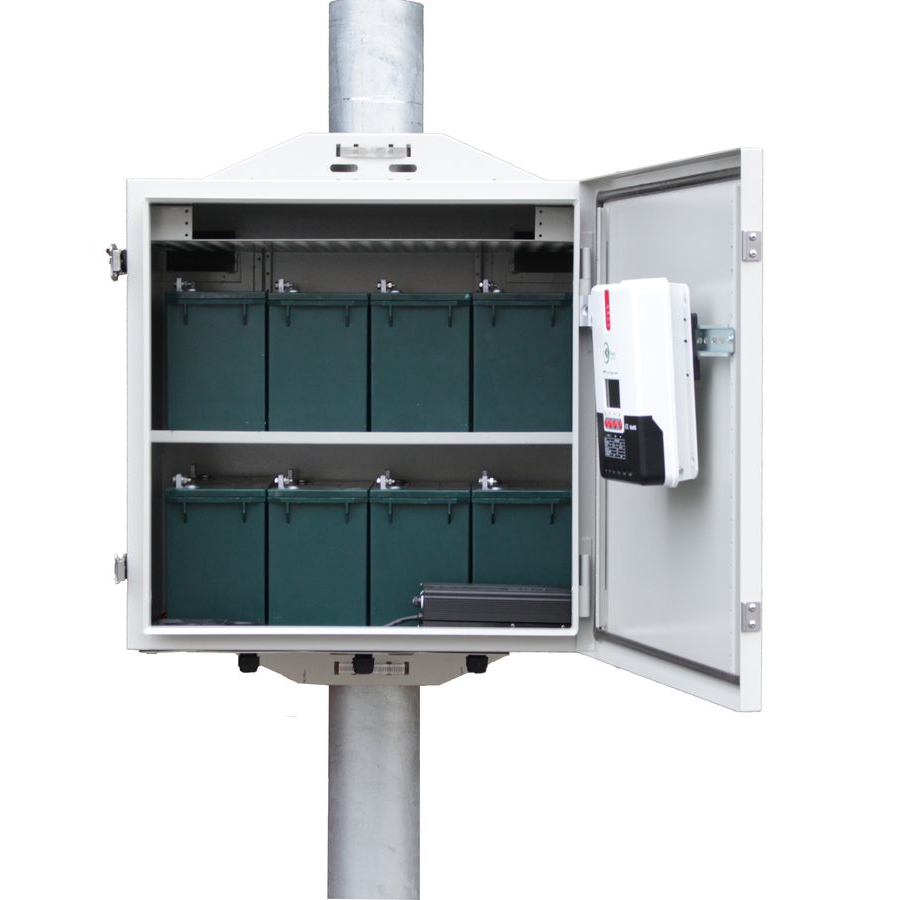
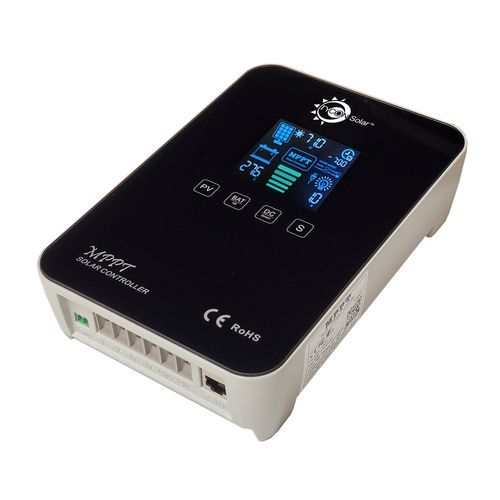
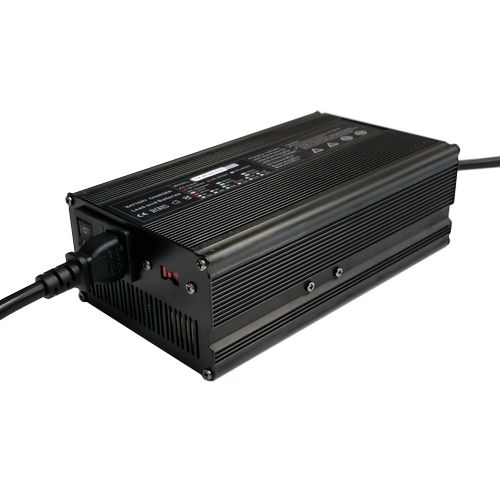
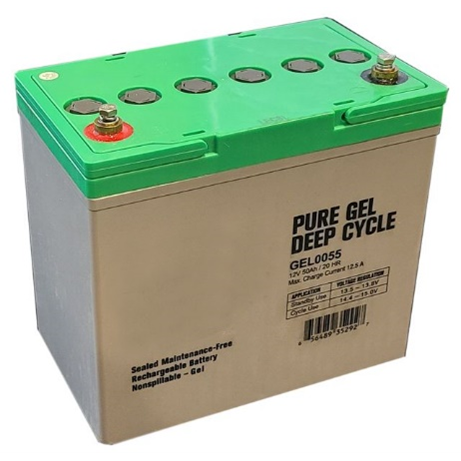
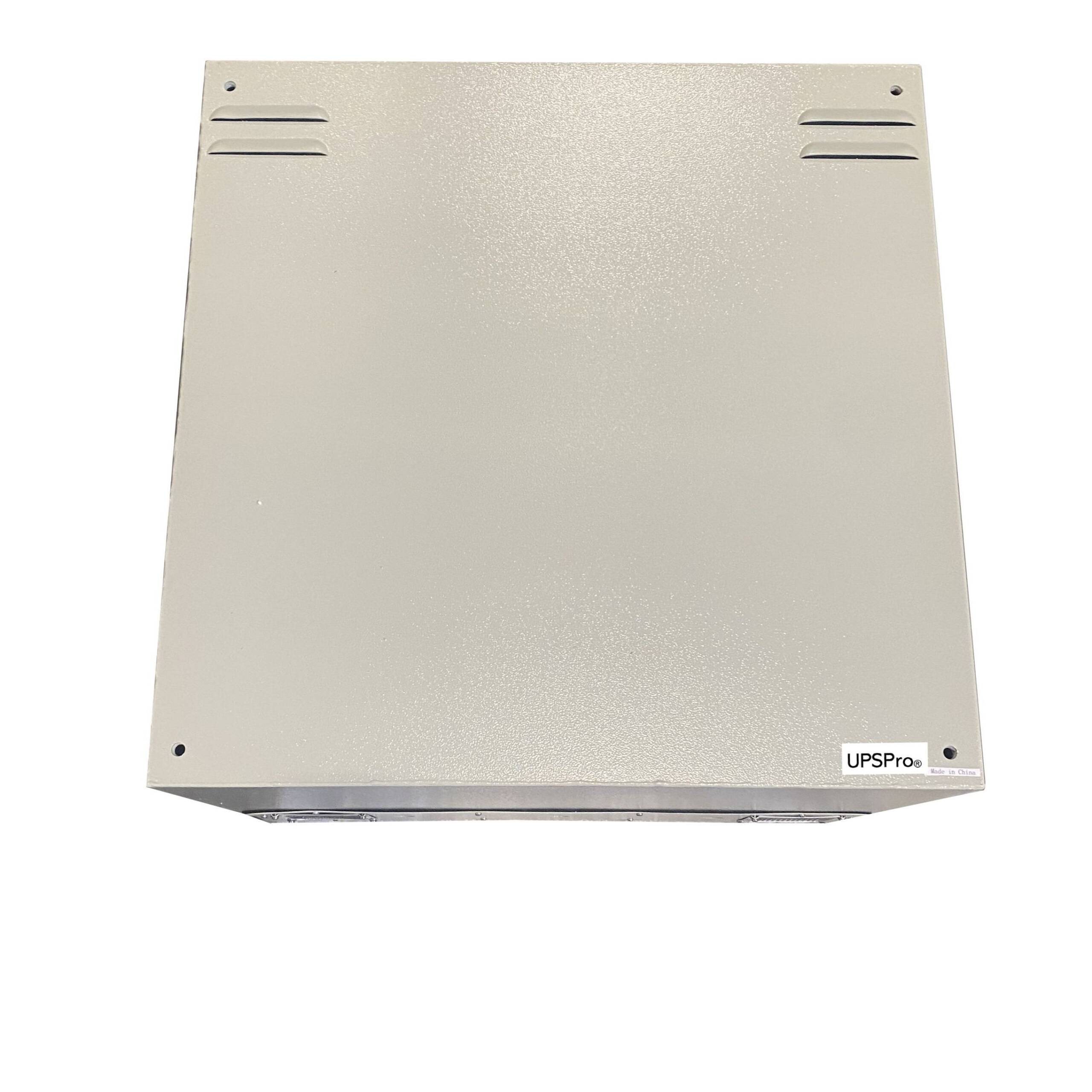
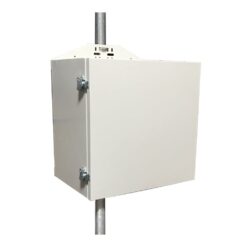
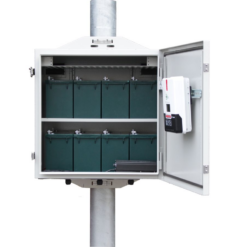
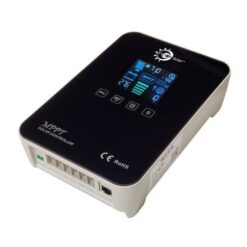
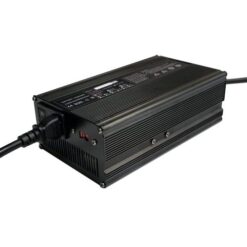
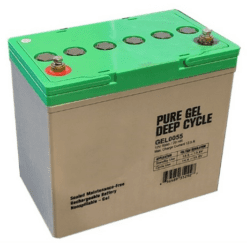
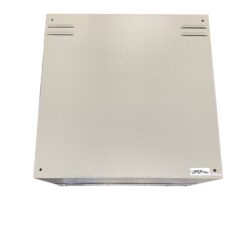
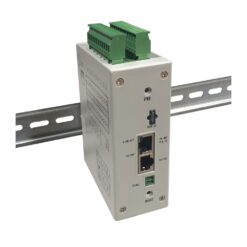
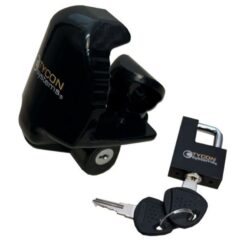
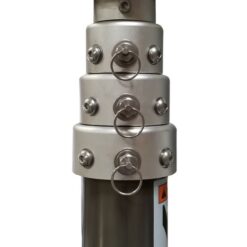
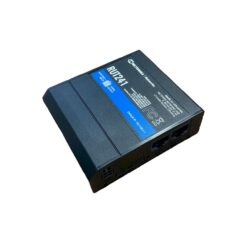
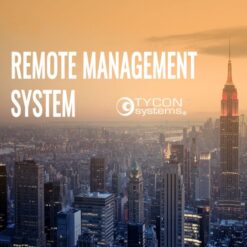

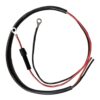
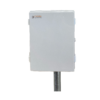
Reviews
There are no reviews yet